Everyone “gets” emergencies
The Neighbours Helping Neighbours pilot showed that collective preparedness is a popular gateway for neighbours to help one another.
It can be a big step for a group of neighbours to move together from simply connecting socially to engaging in mutual support — creating a culture of neighbourly helping requires familiarity, trust, and commitment for which some residents may not feel ready. But an equally big learning from Building Resilient Neighbourhoods’ (BRN’s) recent Neighbours Helping Neighbours (NHN) pilot is that emergency preparedness is a popular and effective “gateway” to fostering these kinds of helping among neighbours.
The NHN pilot involved a collaboration with Hey Neighbour Collective and ten delivery partners working in diverse circumstances (see the full report here)— yet it was frequently found that, when presented with a wide range of possible projects to cultivate neighbourly support, resident groups often chose to work on shared emergency preparedness as a first step. Through feedback, focus groups, and interviews with delivery partners and residents, we came to understand the main reasons why emergency preparedness is so popular.

Urgent
Few people feel fully or adequately prepared for a range of possible emergencies, so the topic readily brings up a sense of urgency and importance.
Relatable
Even for residents who may not feel especially interested in building social connectedness more generally, becoming better prepared collectively for emergencies is an easy-to-understand reason for neighbours to connect and help each other.
Adaptable
There’s immense flexibility for neighbour-groups to adapt projects to their circumstances, capacities, and specific concerns and goals. For example, neighbours can engage around preparedness for earthquakes, fires, food security, medical emergencies, helping with home tasks, or supporting each other during periods of chronic illness etc.
Manageable
There are many shared preparedness actions that are lighter-touch, low-cost or free, and can be managed by just a small number of people — such as putting a safety storage bin in a building common area or launching a buddy check-in system between neighbours.
All of these factors make emergency preparedness a natural starting point for resident groups. Along the way, neighbours get to know each other more, and become accustomed to collaborating — neighbours helping neighbours gets “normalized.”
As one Victoria resident explained, participating in BRN’s Connect & Prepare program and launching an emergency preparedness committee in their multi-unit building brought together many neighbours who’d never met — and fostered greater mutual understanding that laid seeds for other types of helping. “It gets you to meet people and connect, and realize we have much more in common than we don’t,” he said.
Learn more.



